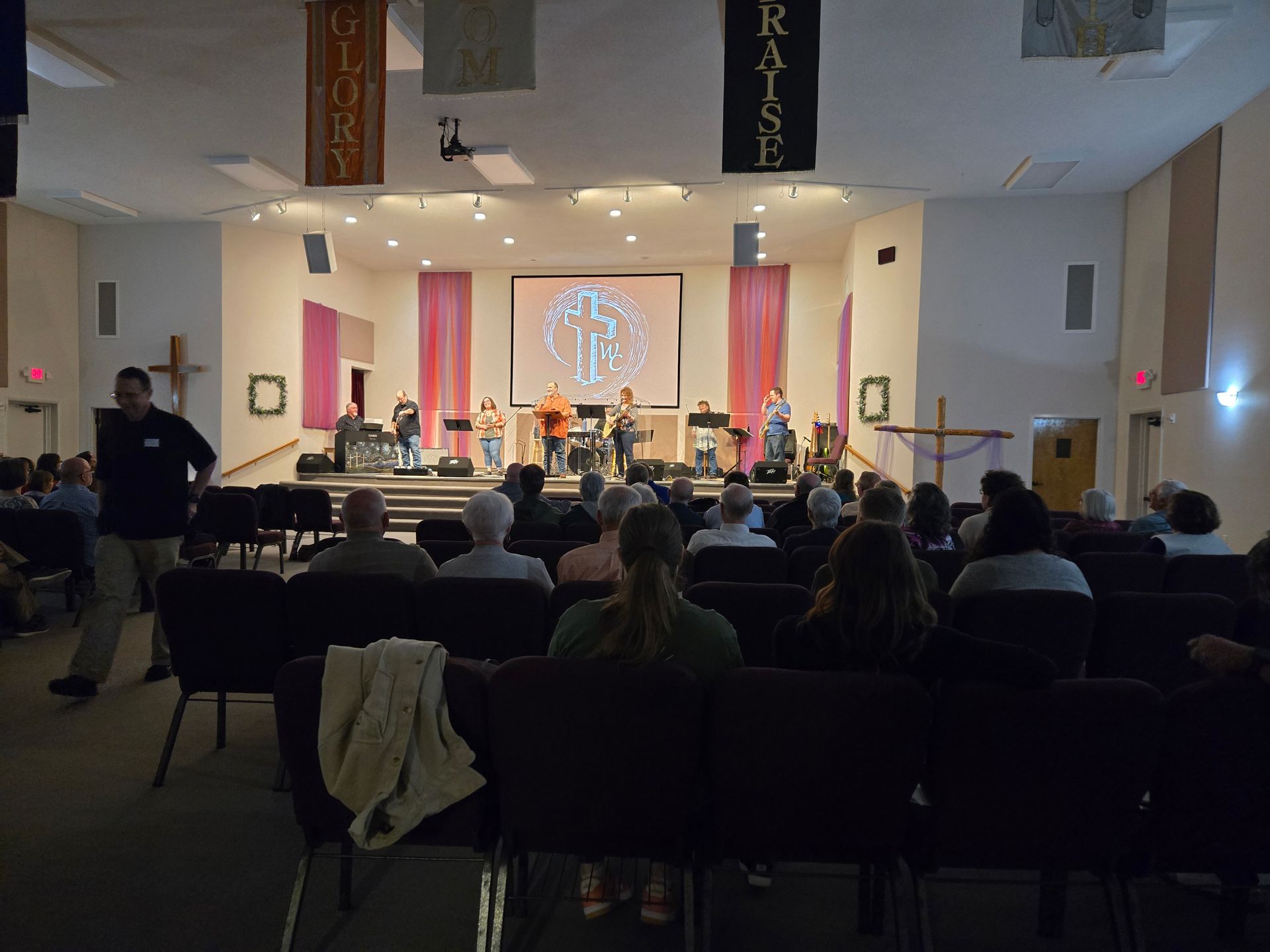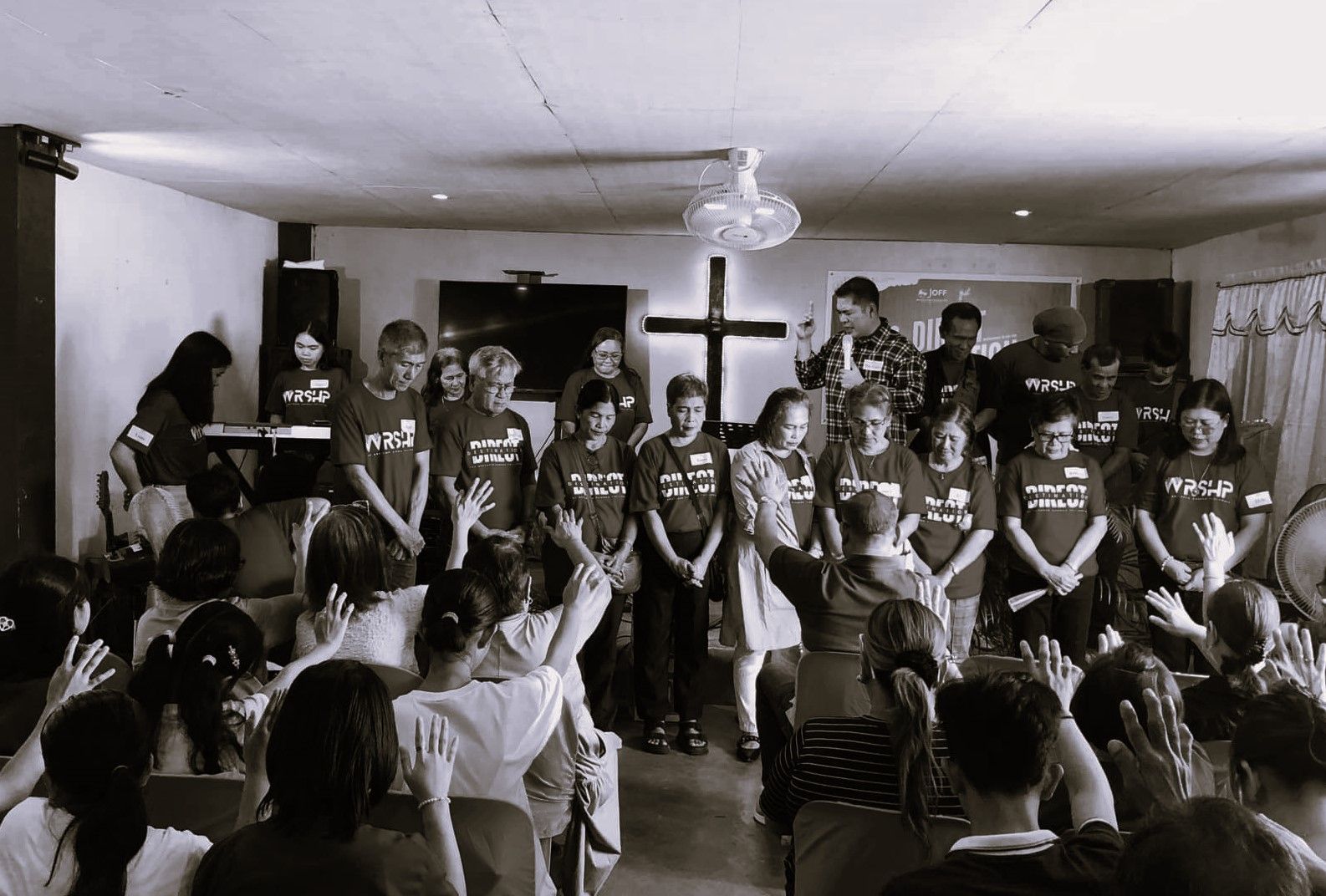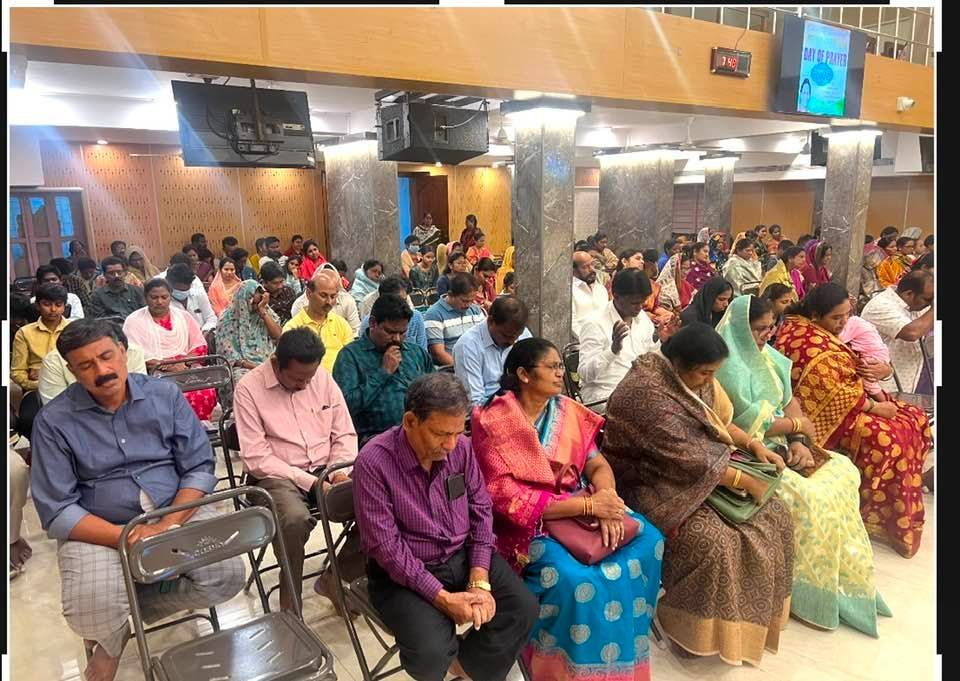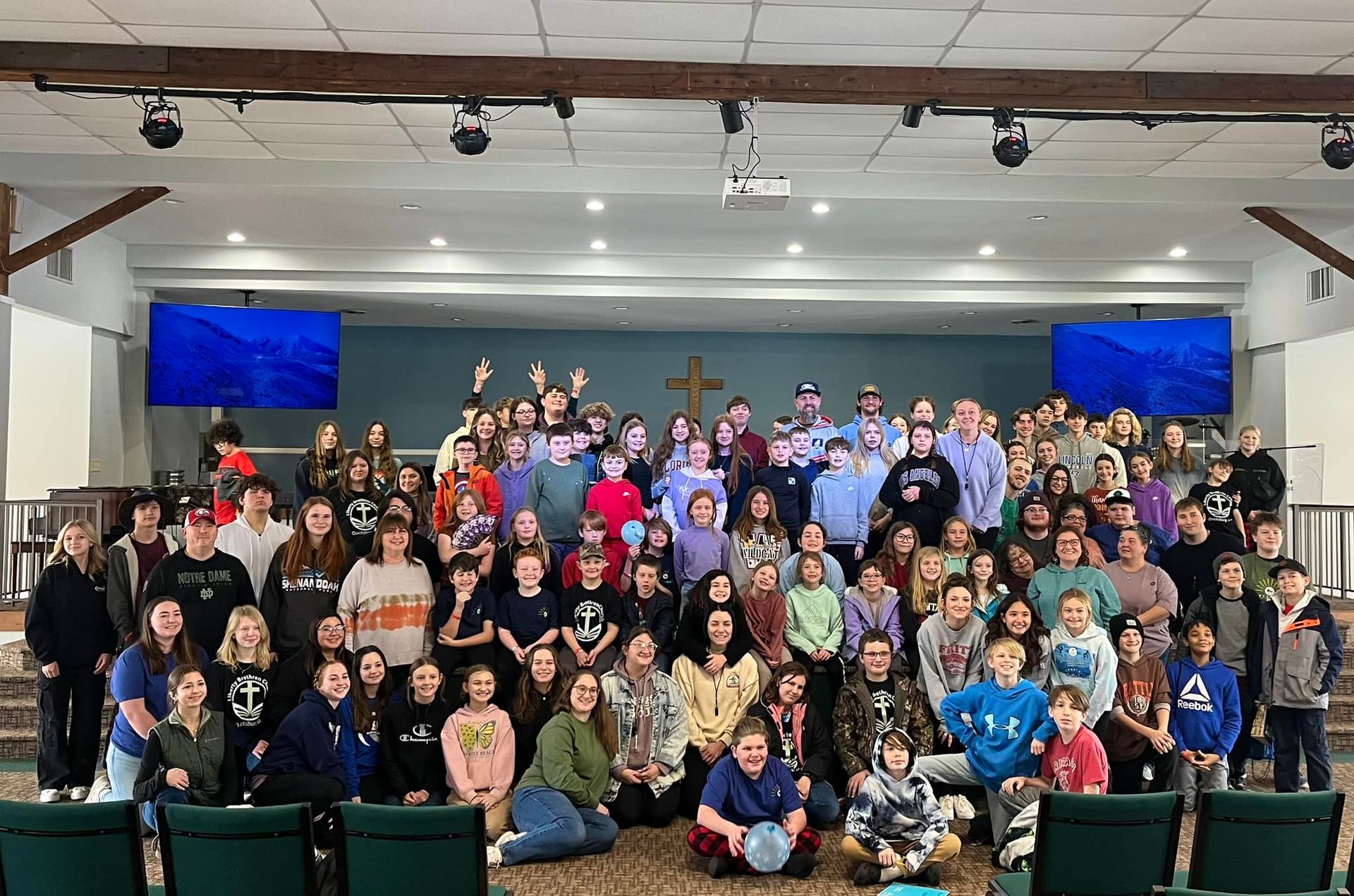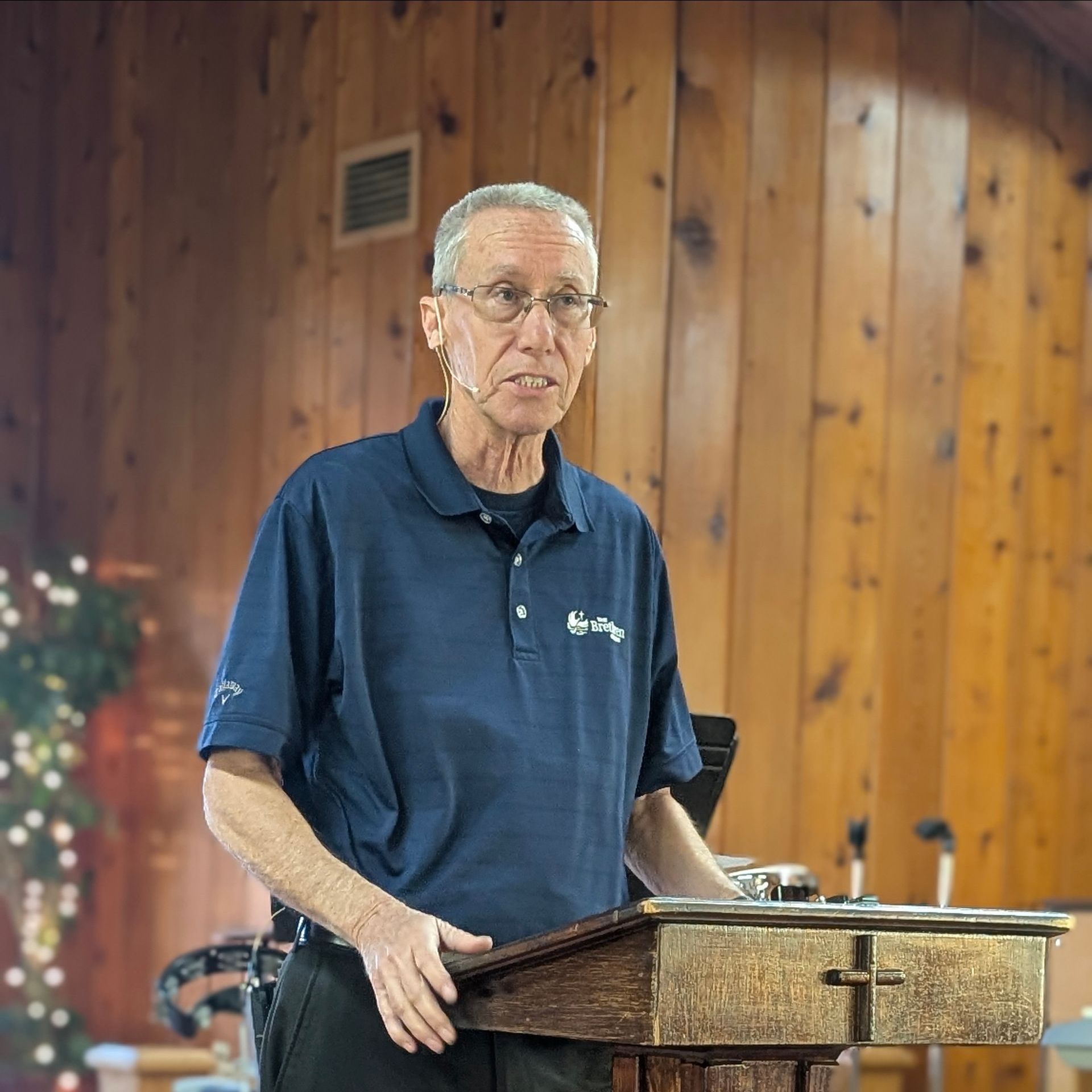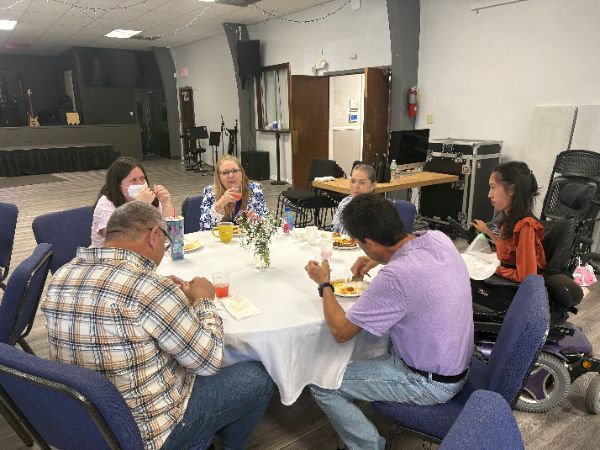Generational Communication
How do you communicate with the people of your church community? In today’s digital age, people have become used to having an almost infinite choice in how they do everything, and this is particularly the case in communication. Remember when everyone sent Birthday and Christmas Cards? Now they Facebook, tweet on Twitter, Pinterest, text, email, video chat, and a host of other channels to wish someone a Happy Birthday or Merry Christmas. Many Brethren churches are multi-generational, and even if you aren’t, there are always those few from other generations and others who have preferences outside of the generational norm. To communicate well today, you must know your target audience, and how they communicate.
Homesteaders, those in retirement, are still largely reluctant to embrace most modern technology. They still put the monthly church calendar in the refrigerator, take home the weekly Sunday program, and listen carefully to the announcements made from the pulpit each week, and check their mailboxes for cards and letters. Baby Boomers, those in their late forties to late sixties, are used to using E-mail, and many are on Facebook, and they often text one another for information. Generation X Members, those in their mid-thirties to late forties, use Social media heavily, rarely looking at print media, and see email the way Boomers see the postal service; a place that is filled with mostly junk mail. Millennials, those 18 to their mid-thirties, exclusively use social and digital media. Most have never written a physical check, and do almost everything online. All their communication is digital, immediate, and short-term. They expect to be reminded of every event and assume that all the information they need about an activity will be available online.
A multi-generational growing church will need to use ALL available forms of media to communicate. Quite simply this is more than a pastor, or a single office person will be able to do! How does a church, especially a smaller church, get the word out when there are now so many different avenues of communication? The answer is to empower the people of your church to help. There is probably someone in your church who is somewhat internet fluent. Allow them to be your “webmaster,” taking charge of the church’s website. Someone else may be a real Facebook enthusiast. Have them build a Facebook page for your church (it’s easy!) and keep it updated. Twitter is more for celebrities, business, and news media, but if you happen to be a church where people use Twitter, you will also have someone in your church you can ask to tweet important events through a church twitter account. Texting is not done best on a phone, but on a texting service, like clubtexting.com, grouptexting.com or mojotext.com to name a few (just google “group texting”). You will pay a little for each text, but the convenience of being able to text dozens of people at once at a time you can schedule weeks in advance with a single keystroke is valuable. Of course, you will still need to do many of the “old fashioned” things you have done in the past, like postcards, newsletters, and Sunday programs.
Rather than seeing all these new communication methods as threats and overwhelming, see them as opportunities to reach new generations and to empower and engage people in your church to help spread the message! Like Paul said in I Corinthians 9:22, “To the weak I became weak, to win the weak. I have become all things to all men so that by all possible means I might save some.”

